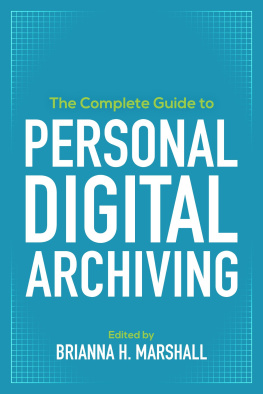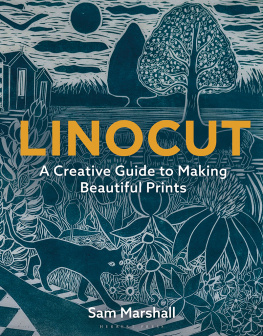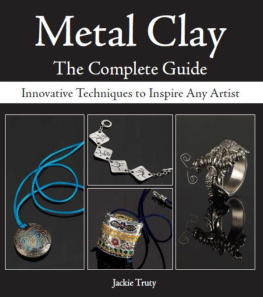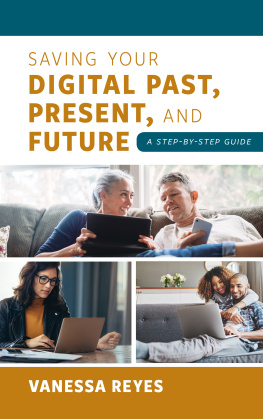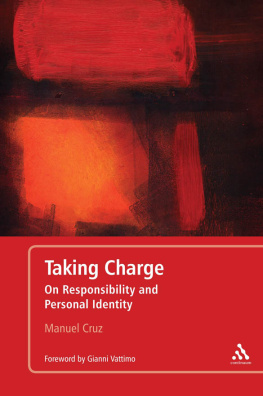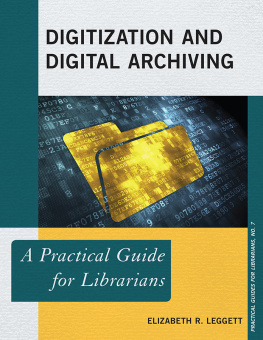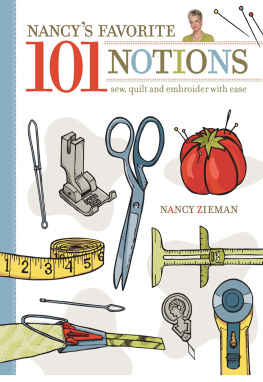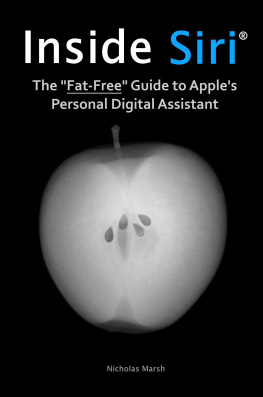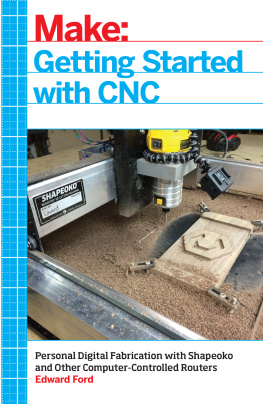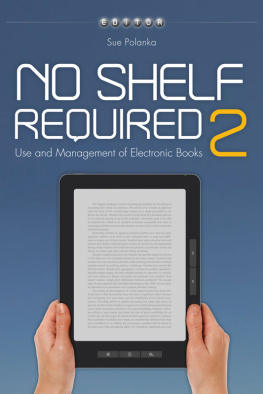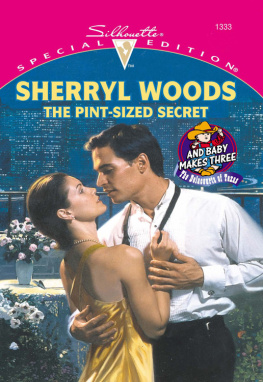Brianna H. Marshall - The Complete Guide to Personal Digital Archiving
Here you can read online Brianna H. Marshall - The Complete Guide to Personal Digital Archiving full text of the book (entire story) in english for free. Download pdf and epub, get meaning, cover and reviews about this ebook. year: 2017, publisher: American Library Association, genre: Home and family. Description of the work, (preface) as well as reviews are available. Best literature library LitArk.com created for fans of good reading and offers a wide selection of genres:
Romance novel
Science fiction
Adventure
Detective
Science
History
Home and family
Prose
Art
Politics
Computer
Non-fiction
Religion
Business
Children
Humor
Choose a favorite category and find really read worthwhile books. Enjoy immersion in the world of imagination, feel the emotions of the characters or learn something new for yourself, make an fascinating discovery.
- Book:The Complete Guide to Personal Digital Archiving
- Author:
- Publisher:American Library Association
- Genre:
- Year:2017
- Rating:4 / 5
- Favourites:Add to favourites
- Your mark:
- 80
- 1
- 2
- 3
- 4
- 5
The Complete Guide to Personal Digital Archiving: summary, description and annotation
We offer to read an annotation, description, summary or preface (depends on what the author of the book "The Complete Guide to Personal Digital Archiving" wrote himself). If you haven't found the necessary information about the book — write in the comments, we will try to find it.
The Complete Guide to Personal Digital Archiving — read online for free the complete book (whole text) full work
Below is the text of the book, divided by pages. System saving the place of the last page read, allows you to conveniently read the book "The Complete Guide to Personal Digital Archiving" online for free, without having to search again every time where you left off. Put a bookmark, and you can go to the page where you finished reading at any time.
Font size:
Interval:
Bookmark:

ALA Editions purchases fund advocacy, awareness, and accreditation programs for library professionals worldwide.
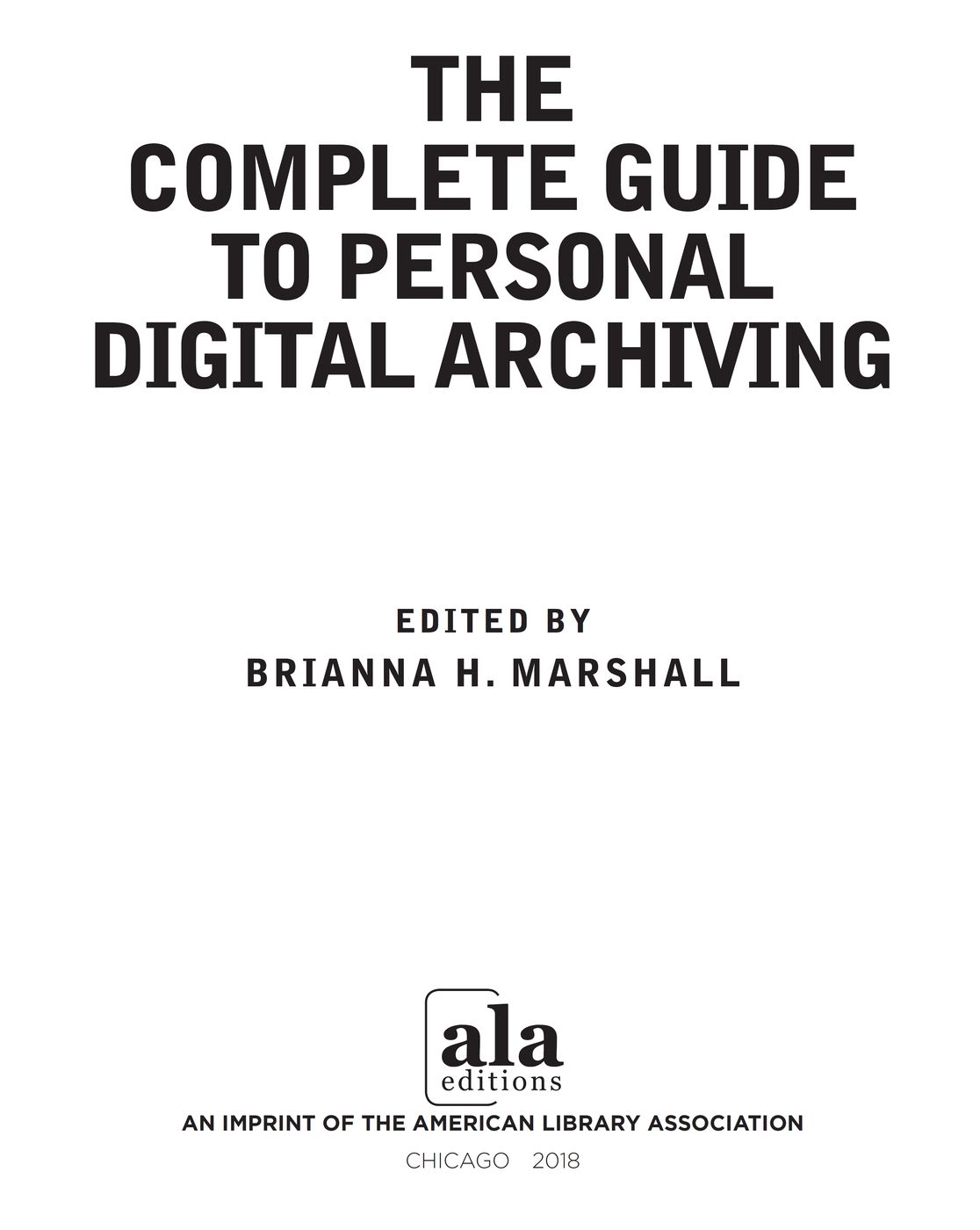
BRIANNA MARSHALL is director of research services at the University of California, Riverside. Previously, she was digital curation coordinator at the University of Wisconsin-Madison. She holds master of library science and master of information science degrees from the Indiana University School of Informatics and Computing.
2018 by the American Library Association
Extensive effort has gone into ensuring the reliability of the information in this book; however, the publisher makes no warranty, express or implied, with respect to the material contained herein.
ISBNs
978-0-8389-1605-6 (paper)
978-0-8389-1683-4 (PDF)
978-0-8389-1682-7 (ePub)
978-0-8389-1684-1 (Kindle)
Library of Congress Cataloging-in-Publication Data
Names: Marshall, Brianna H., editor.
Title: The complete guide to personal digital archiving / edited by Brianna H. Marshall.
Description: First edition. | Chicago : ALA Editions, an imprint of the American Library Association, 2018. | Includes bibliographical references and .
Identifiers: LCCN 2017031643 | ISBN 9780838916056 (softcover : alk. paper) | ISBN 9780838916827 (ePub) | ISBN 9780838916834 (PDF) | ISBN 9780838916841 (kindle)
Subjects: LCSH: Personal archivesManagement. | Electronic recordsManagement. | Archival materialsDigitization. | Archival materialsDigitizationStudy and teaching. | Digital preservation. | Digital preservationStudy and teaching. | Data curation in libraries. | Data curation in librariesUnited StatesCase studies.
Classification: LCC CD977 .C655 2018 | DDC 025.1/97dc23 LC record available at https://lccn.loc.gov/2017031643
BY BRIANNA H. MARSHALL
BY CHELSEA GUNN
PART I
LEARNING ABOUT PERSONAL DIGITAL ARCHIVES BEST PRACTICES
BY SARAH SEVERSON
BY MELODY CONDRON
BY CAMERON COOK
BY YVONNE NG
Quick Recipes for Archiving Your Personal Digital Life
BY JAMIE WITTENBERG AND CELIA EMMELHAINZ
PART II
PERSONAL DIGITAL ARCHIVES AND PUBLIC AND COMMUNITY AUDIENCES
A Case Study
BY JAIME MEARS
BY NATALIE MILBRODT AND MAGGIE SCHREINER
The Plateau Peoples Web Portal at Washington State University
BY LOTUS NORTON-WISLA AND MICHAEL WYNNE
PART III
PERSONAL DIGITAL ARCHIVES AND ACADEMIC AUDIENCES
BY AMY BOCKO, JOANNA DIPASQUALE, RACHEL APPEL, AND SARAH WALDEN MCGOWAN
BY COLIN POST
BY SARA MANNHEIMER AND RYER BANTA
PART IV
SOCIAL AND ETHICAL IMPLICATIONS OF PERSONAL DIGITAL ARCHIVES
BY MATT SCHULTZ
BY ISAIAH BEARD
An Autoethnography of Digitally Archiving Black Millennialhood
BY CAMILLE THOMAS
Contemporary Mourning and Digital Estates
BY ANGELA GALVAN
BRIANNA H. MARSHALL, EDITOR
I FIRST BECAME INTERESTED IN DIGITAL ARCHIVING for purely personal reasons. From childhood on, I displayed the tendencies of an obsessive, legacy-oriented collector and organizer of cherished mementos. It started with my decision to catalog movie ticket stubs in elementary school. Years later when I got a cell phone, I meticulously hand-transcribed texts in a notebook, lamenting the lack of tools to automate this process. Witnessing the loss of years of family photos due to hard-drive failure was a wake-up call for me that things could and often did go wrong in the digital world. I couldnt avoid technology, so I might as well embrace it. As a teenager, I figured out how to transfer files from dusty floppy disks to recover long-forgotten poems and stories. In college, I tracked down photos dug out of relatives attics, digitized them, and tested workflows for storing and sharing these new digital images. It probably wasnt a surprise to anyone when I turned my organizational inclinations into a career and became a librarian.
In my first professional job, I was privy to all the trappings of a domain filled with information professionals: fancy scanners, metadata standards, and a frequent assumption of technical literacy. I found myself reciting best practices for data management to researchers and academicsoften just digital file management basics like file organization, naming conventions, and storage and backup tips, and I was continually floored by the immediate positive impact these practices could have. However, I also found myself increasingly concerned about my own (and to a broader extent my professions) ability to translate our rapidly developing standards into useful practices for the everyday user.
At home, I struggled through planning and executing my own digital archiving projects. I was all too aware of my own missteps, and was frequently guilt-ridden when I deflected from the supposed standards to speed things along. I felt mildly fraudulent, as if my credibility as an information professional would be revoked if anyone found out about the admittedly small ways I was cutting corners. I found similar frustrations and self-doubt reflected in my conversations with others, from family members to kindred spirits in the scrapbooking community. Almost everyone was overwhelmed, leaving abandoned projects in the wake of their procrastination.
It soon became apparent that managing digital information was the glue that bound my personal and professional life together. Suddenly, everywhere I looked people needed help wrangling their digital stuff! That realization was the impetus for this book. My hope is that it will help information professionals become not just informed but also excited to pass along critical skills so that users will have less painful and more fruitful journeys in personal digital archiving (PDA). I am convinced that sharing even simple principles for how to store, share, and preserve digital objects will benefit our users in both their personal and professional lives.
Personal digital archiving is relevant to information professionals, organizations, and institutions of all types. Empowering individuals often means enabling communities to document their experiences in new ways, potentially with the long-term outcome of this material making its way into an archive. As I reviewed the chapters in this book, I found myself inspired by the work that is underway. Information professionals in diverse roles are increasingly taking the mantle of personal digital archiving advocacy, developing new models for outreach, programming, and services.
There is still a lingering sense of the grassroots nature of PDA in libraries and archives, though year by year I am excited to see it being written about to a greater extent. This book joins excellent recent writing on PDA, including Donald Hawkinss Personal Archiving: Preserving Our Digital Heritage, Cal Lees I, Digital: Personal Collections in the Digital Era, and Melody Condrons Managing the Digital You. My favorite is perhaps the Library of Congresss Perspectives on Personal Digital Archiving, an open-access electronic publication that includes a rich array of stories and narratives about PDA. I highly recommend these books and hope that this volume will be a useful addition to the existing literature.
From the outset, my intention has been for this book to be used as a primer for information professionals who arent quite sure how to approach personal digital archiving yet. I wanted the books chapters to feel informed yet personal, like anecdote-filled conversations with brilliant colleagues. The chapters are intentionally practitioner-focused so that after finishing this book, readers will feel ready to start conversations and make amazing things happen within their communities. Enjoy!
Next pageFont size:
Interval:
Bookmark:
Similar books «The Complete Guide to Personal Digital Archiving»
Look at similar books to The Complete Guide to Personal Digital Archiving. We have selected literature similar in name and meaning in the hope of providing readers with more options to find new, interesting, not yet read works.
Discussion, reviews of the book The Complete Guide to Personal Digital Archiving and just readers' own opinions. Leave your comments, write what you think about the work, its meaning or the main characters. Specify what exactly you liked and what you didn't like, and why you think so.

